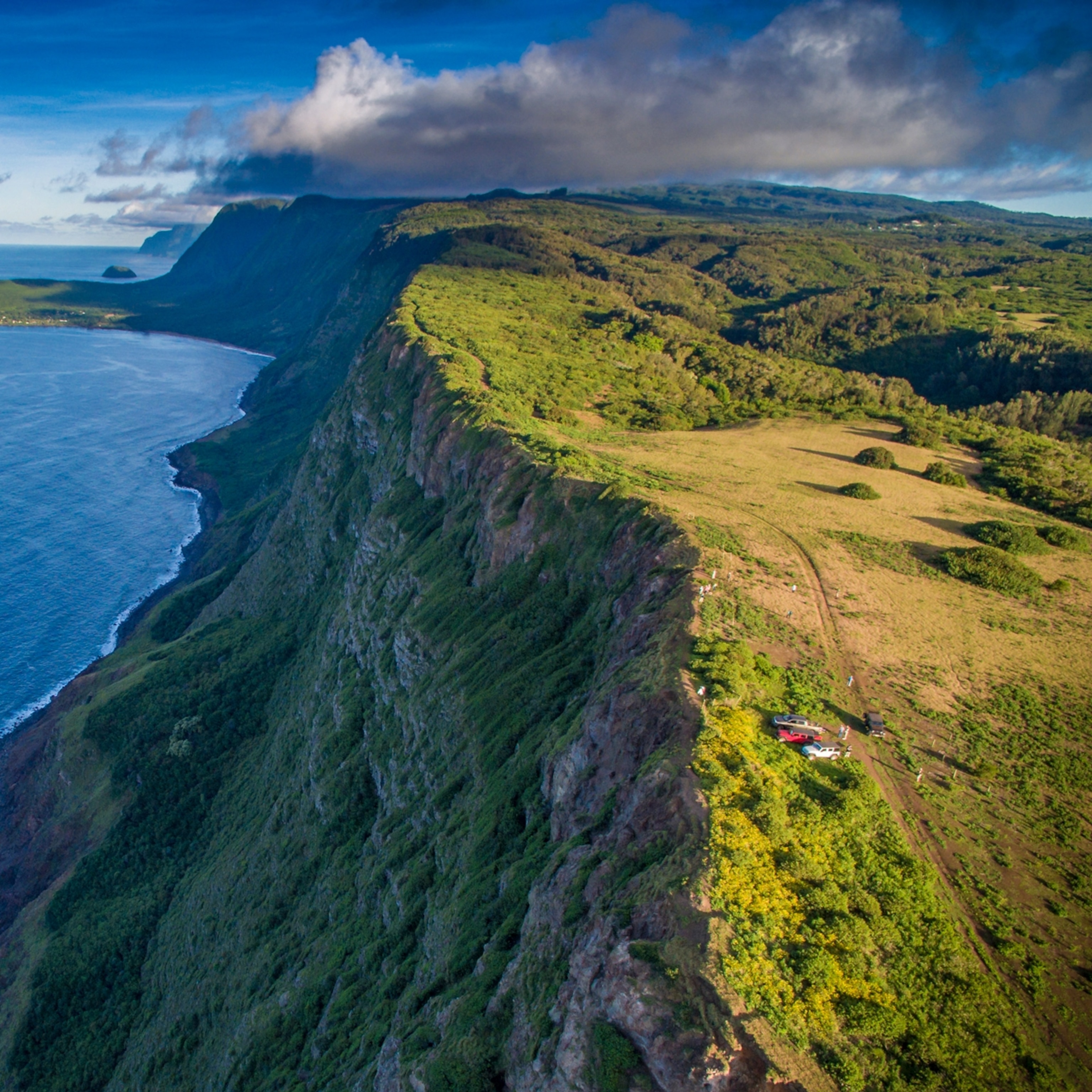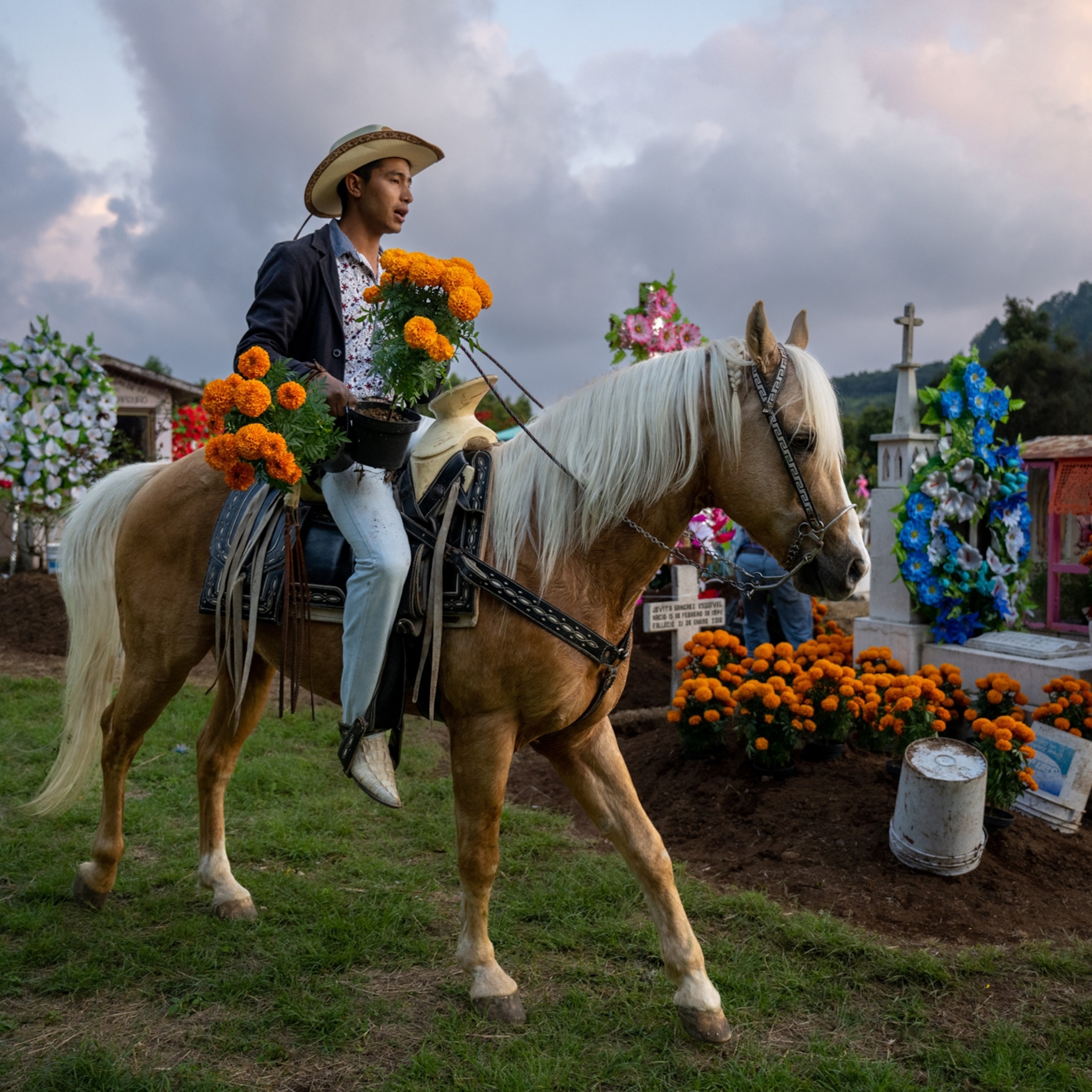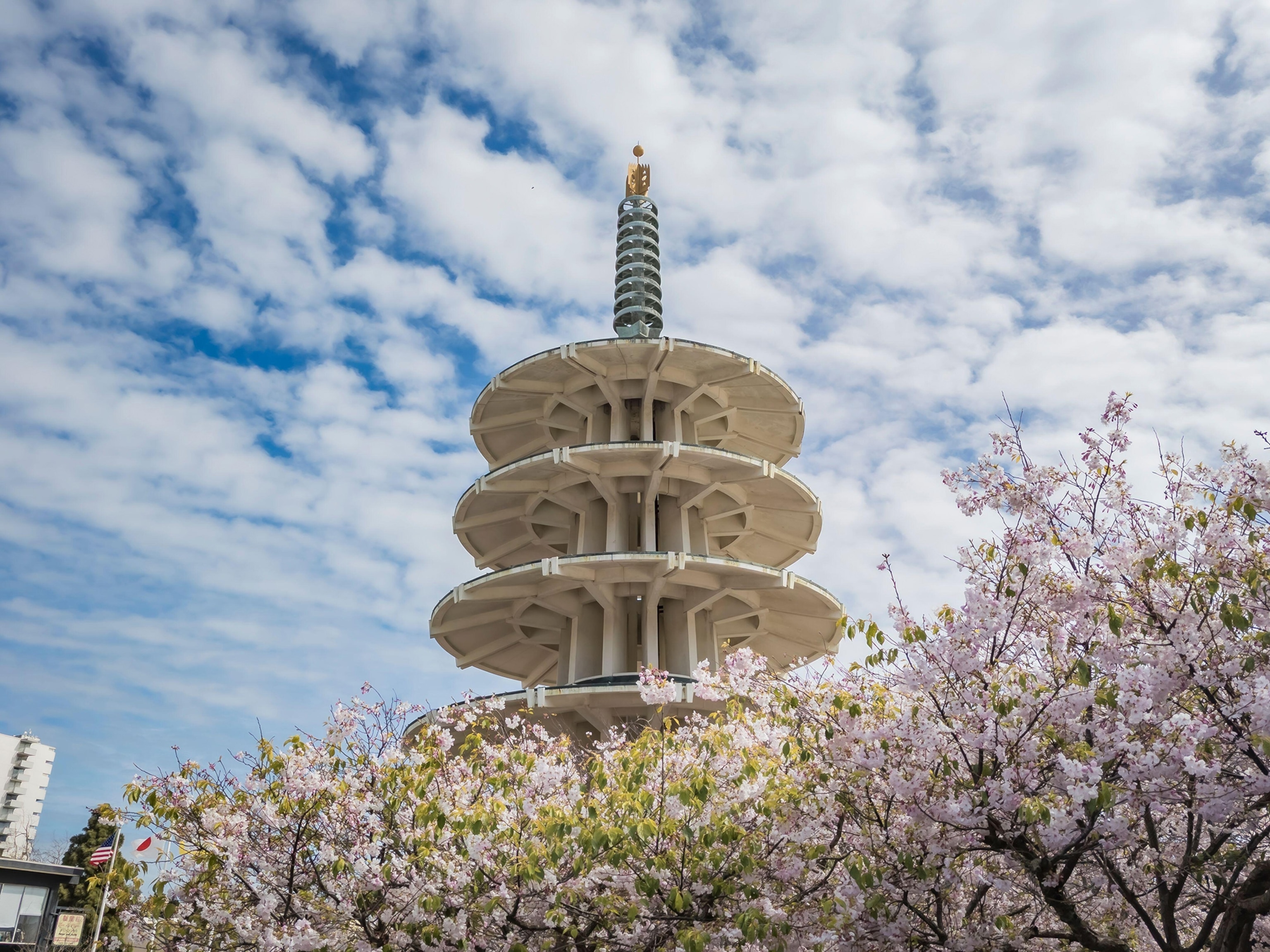The surprising story of how the Philippines came to Virginia
Norfolk and Virginia Beach are some of the best places to learn about Filipino American culture, history—and food.
Over a heaping plate of Philippine egg rolls, Amado Laxa is explaining how he became the reigning lumpia-eating champion. “I’m the tallest Filipino around here, and I didn’t have breakfast that day—that’s it,” says the six-foot-three-inch Amado Laxa, age 69, who gobbled 18 of the cigarillo-shaped fried food in under four minutes to win the title of lumpia king at last October’s Fil Fest USA.
(Rags to Riches: A Fashionable Way to Empower Poor Filipinos)
Today he’s taking the time to savor every bite. We’re at FeLynn, a cafeteria-style eatery in Virginia Beach, Virginia. “They hand-roll the lumpia in the back and it’s always fresh and hot,” he says. More than a restaurant, FeLynn is a community gathering place; there’s karaoke or line dancing four nights a week. Laxa greets a klatch of men in their 70s and 80s. “They’re all retired Navy,” he says, “from all different [Philippine] provinces.” Like them, Laxa is retired from the Navy.
Roy and Naomi Estaris, founders of Fil Fest USA, pull up chairs. They rattle off other Philippine restaurants for me to try: Ihaw Ihaw, “right there across the parking lot”; Kainan, “across the street from your hotel;” Ray Ray’s, “near the Oceanfront”; the popular fast-food chain Jollibee; and on and on. The fact that there are some 30 choices within a 30-minute drive speaks to the unique culture in this heavily populated area near the mouth of the Chesapeake Bay, better known for its she-crab soup and Lynnhaven oysters.
In the 1960s and ’70s, businesses and organizations sprouted in the suburban strip malls of southeastern Virginia to serve Filipino Americans, many with U.S. naval ties; today they lure a wider audience of residents and visitors. Travel agencies and dental offices, groceries and martial arts studios, bakeries and barbershops are the hallmarks of this tight-knit community of at least 50,000, concentrated in Norfolk and Virginia Beach.
Last year, Virginia governor Ralph Northam designated five historical highway markers acknowledging the contributions of Asian Americans and Pacific Islanders. One marker honors Filipinos in the U.S. Navy and is due to be placed later this month in front of the Philippine Cultural Center (PCC) in Virginia Beach. Here’s how the Hampton Roads region became one of the largest Filipino communities on the East Coast.
A seafaring history
Hailing from an archipelago of 7,641 islands in the South China Sea, Filipinos are historically a seafaring people, and their ties to North America date back to before there was even a United States. In 1587 a Spanish galleon landed in Morro Bay, California, with a party that included “Luzon Indios.”
In the mid-1760s, Filipino castaways from the Spanish galleons—called Manila men—established a village in the marshlands of Louisiana; Saint Malo was likely the first Asian American settlement in the U.S. Even today, Filipino men and women are employed as sailors and staff in the world’s cargo ships and cruise liners worldwide, more than any other nationality.
Filipino participation in the U.S. Navy can be traced to the Civil War: At least 38 served aboard ships such as the USS New Ironsides. They have served in every war since.
In the mess hall of the USS Wisconsin, a decommissioned battleship now museum on the Norfolk waterfront, I meet Jeffrey Acosta. “Like many other Filipinos, my father-in-law started in the Navy as a cook, on a ship like this,” he says. A retired Marine who now teaches history at Tidewater Community College, Acosta married into the Filipino American community and serves as the historian for the local chapter of the Filipino American National Historical Society. He explains that the U.S. Navy had its biggest base in Subic Bay in the Philippines and recruited Filipinos directly to work on its ships and bases.
“In the early days, only positions such as mess hall attendants and stewards were open to Filipinos, and they were paid less than their American counterparts,” says Acosta, “but the pay was lucrative by Philippine standards and it offered a path to U.S. citizenship.” Between 1952 and 1991, 35,000 Filipino nationals joined the Navy.
Filipino Americans have distinguished themselves in and outside the Navy despite barriers. Telesforo Trinidad was the first and only Asian American in the U.S. Navy to receive a Medal of Honor for rescuing two men after a boiler explosion in 1915; there’s currently a campaign to name a warship after him.
Connie Mariano was not only the first Filipino American to become a rear admiral, she also was the first female director of the White House medical unit. Virginia representative Bobby Scott is the first American of Philippine descent in Congress. And Virginia Beach native Chad Hugo, whose father is retired Navy, is half of the music-producing duo the Neptunes, with Pharrell Williams.
Filipino culture in a resort town
Radiating out of the base in Norfolk, many families settled in the Kempsville neighborhood of Virginia Beach, today the heart of the Philippine American community. At the PCC—scheduled to re-open this summer—anyone can take classes in Tagalog and other dialects, traditional dance, and kuntaw (a Philippine martial art).
“We are now seeing the second and third generations of families who first came in the ’60s or earlier,” says Cynthia Romero, chairperson of the organization that oversees the PCC. “Some of them no longer speak the language. We’re here to introduce them and others to the culture and the community.”
The most populous city (with 460,000 people) in the commonwealth, Virginia Beach is a resort destination with a 35-mile-long beach. “We always take out-of-town guests there—Filipinos love the beach,” says Romero. The center of the action is Oceanfront, with its wide, three-mile-long boardwalk lined with hotels, pocket parks, mini stages, and monuments. A peace pole, located near 27th Street, honors Virginia Beach’s five sister cities; one marker points in the direction of Olongapo, Philippines, site of the former naval base of Subic Bay, 8,720 miles away.
At Kempes Landing Park, a ship’s anchor commemorates Virginia Beach’s bond with sister city Olongapo. “It’s a great program of partnership,” says Naomi Estaris, who has deep ties to the community as a business owner and civic activist. “The mayors of each city have each other’s cell phones, firefighters have trained together, there are student exchanges with host families.”
A Philippine American cultural tour isn’t complete without visiting the final resting place of Douglas MacArthur, the so-called “Liberator of the Philippines.” The general is buried under the rotunda of Norfolk’s old City Hall, and his memorabilia—including his signature aviator sunglasses, cap, and pipe—displayed at the museum. MacArthur spent years in Manila before becoming supreme allied commander of the Southwest Pacific Theater during World War II. Forced to retreat, he uttered the famous words: “I shall return.”
“Not only did he keep his promise, but he truly loved the Philippines and respected its people. His wife, Jean, once told me that if he hadn’t been recalled to active duty, they would never have left the Philippines,” says Jeffrey Acosta, the site’s former museum curator. “In a way he was ahead of his time. When his only son was born, he picked Filipinos to be the godparents—in 1938!”
The next generation takes the helm
“Filipino American history is American history,” says Allan Bergano, who with his wife, Edwina, opened the first Filipino-owned dental practice in the area in 1983. The couple worked on an oral history project about local naval families in their spare time. “It’s our duty to capture this overlooked history for future generations.”
Everywhere there are signs of the next generation taking the helm. At Angie’s Bakery, Ken Garcia Olaes has taken over his uncle’s bakery—during a pandemic, no less—and given the 32-year-old business a buzz of energy and a designer’s aesthetic. As head baker, Olaes creates everything from spiralled brioches (ensaymada) to traditional rolls (pandesal). His hand-crafted ube lattes (flavored with purple yam) are a cult favorite. “I’m an artist even when I’m not sketching,” he says. “And it’s not just what comes out of the oven. It’s about the entire sensory experience, from the aroma when you enter to the way our products are displayed.”
In another Virginia Beach strip mall just south of the Naval Air Station Oceana, Emma Dizon is prepping for the Sunday brunch rush at her restaurant, Only at Renee’s. While I wait for my to-go order, she presents me with a speckled blue plate lined with a square-cut banana leaf on which five perfectly rolled lumpia sit.
“I want to make street food look as good as it tastes,” says the Fashion Institute of Technology graduate and New York City transplant. She uses fresh ingredients—and her grandmother’s recipes. “We make everything by hand here, except for the longganisa [sausage], which my father makes in New York and brings to me,” says Dizon. “Making food with love is what I saw in my grandmother’s restaurant in Pampanga, and my mother’s restaurant in Queens.”
And now here it is in Virginia Beach. A culture captured in a lumpia roll: well-adapted to various environments, its essence unchanged.







